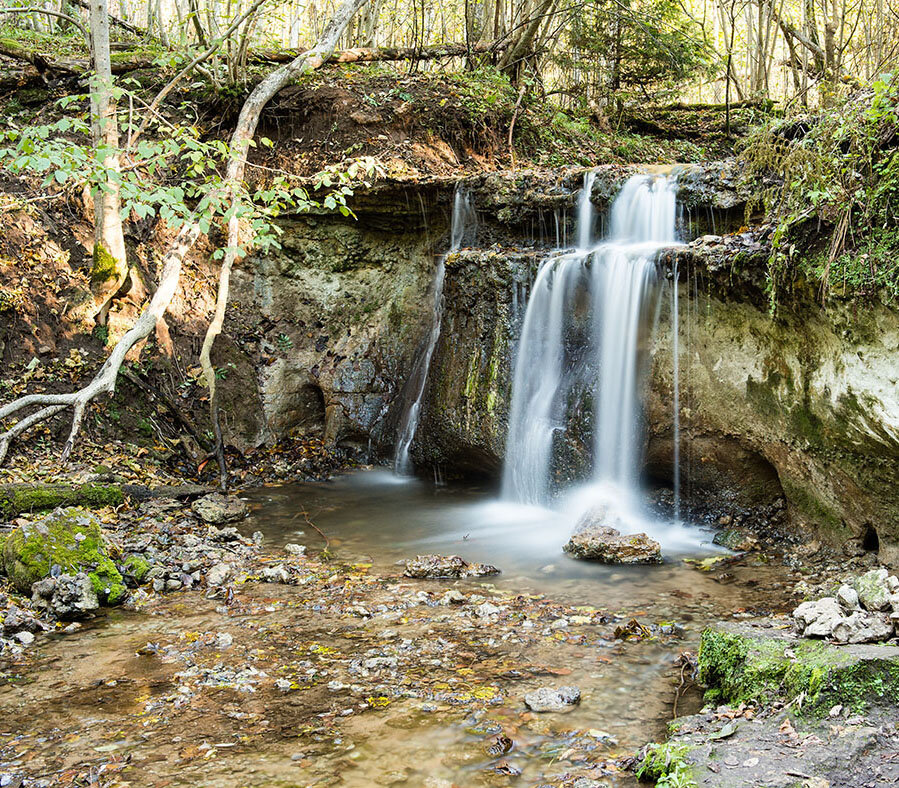Reference values for ozone in indoor air
Leaflet: SECO/ABGG March 18, 2019
The new leaflet predefines reference values for ozone in indoor air at non-industrial workplaces, in offices, etc. The health protection («Health care insurance») prescribes that no polluting effect or impact that is harmful to health should arise for human beings by any substances in the room. In order to prevent any danger or harm to health, the requirement of minimizing any possible or unnecessary pollutants in rooms prevails. The defined reference values are also used by Ionair as a benchmark so that the health of the employees is ensured in offices at all times. The FAQs in connection with the new reference values are provided here.
What are the limit values at present for ozone in indoor air in Switzerland?
The specification of reference values has become a matter of fact following the letter from SECO dated March 18, 2019. This leaflet specifies reference values (exposure values, i.e. the concentration in the breathing zone of working people) for ozone in indoor air at non-industrial workplaces (for example in offices etc.).
Values for exposure, i.e. the concentration in the respiratory area of human beings, the values applicable are currently:
a) Daytime limit value: 35 ppb ≈ 70 µg/m3
Daytime limit value («Normal working hours» ≈ 8 hours per day): The mean concentration over the working hours in a day should not exceed 35 ppb.
b) Short-term limit value 60 ppb* ≈ 120 µg/m3
Short-term limit value (KZGW) (15 minutes): daily max. four times 15 minutes up to max. 60 ppb permitted at intervals of one hour (* for simplification, a factor of two is assumed for the conversion from ppb to µg/m3).

Where is Switzerland positioned compared to other countries when it comes to ozone limit values in indoor air?
Indoor air limit values
| Canada residential indoor air | 20 ppb over 8 hours |
| Limiting device emissions: | |
| US-California for indoor air cleaner: | 50 ppb without time-related information |
| SN EN 60335 Part 2-65: «Special requirements | |
| for air cleaning devices» | 50 ppb |
| (in a room mit enclosed with polyethylene (PE) film of size (2.5 x 3.5 x 3.0 m)) |
Limit value at the workplace, max. workplace concentration (MAK) (CH)
| Workplace CH/MAK values: | 100 ppb over 8 hours |
| 100 ppb over 15 minutes |
Why do the Ionair systems measure the ozone values in the indoor air?
In order to maintain the limit values, one must comply with the specifications according to the recommendation of SECO. Ionair offers effective and safe ionization with its method. This is only possible with an autonomously regulated system. For this purpose, suitable sensors, high-quality control electronics, robust regulation algorithms, powerful ionization generators and continuous data recording are necessary. Ionair measures the air quality, the air flow rate, the atmospheric humidity, and also the ozone content in an indoor room.
What is the role of the ozone sensor?
The ozone sensor works on the basis of an ozone-sensitive semiconductor element. The job of the regulator is to continuously record the five sensor values measured. The regulator definitively «knows» the indoor climate at all times. Since it is also aware of past values, it can forecast the «future» with the help of sophisticated algorithms and thus calculate an optimal control variable for the ionization intensity. The ionized air is dosed exactly so that the air pollutants get neutralized and reduced in the best possible way. If, due to the high concentrations of ozone in the outdoor air or a malfunction of the system excessive ozone concentrations occur, the ozone monitor sensor will detect this and the regulator will adjust the ionization intensity so that the system continues to work safely and reliably.
How does the ionization method work in the field of indoor climates?
The method for air treatment works with ionization tubes that enrich the air with ions via electric discharge. In the process, minute quantities of ozone are produced. Ionization tubes are installed either in a mono block or in the supply air duct of buildings, where they are used after the usual air treatment such as filtering, cooling, heating, humidification and dehumidification. In this way, a processor with sensor adaptation then provides the optimal effect in the desired rooms.
Has the process of the ionization method been established scientifically?
Yes. The Competence Center for Typology & Planning (CCTP) of the University of Applied Sciences at Lucerne has dealt with ionization in detail. The scientists proved that there is a correlation between the ion content in the air and the well-being and physical performance capability of human beings.



















